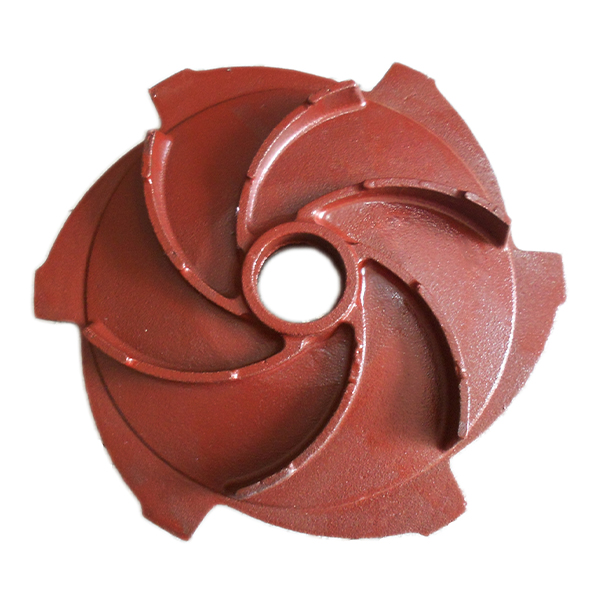Mobile:+86-311-808-126-83
Email:info@ydcastings.com
aluminium continuous casting
The Process and Advantages of Aluminium Continuous Casting
Aluminium continuous casting is a highly efficient manufacturing process that transforms molten aluminium into semi-finished products. This method has gained prominence in the aluminium industry due to its cost-effectiveness, versatility, and ability to produce high-quality materials. This article will explore the continuous casting process, its advantages, and its applications in various industries.
Understanding Continuous Casting
Continuous casting is a process where molten metal is poured into a mold and solidifies as it is drawn from the mold, creating a continuous length of material. Specifically for aluminium, this process involves several key steps. First, molten aluminium is produced in a furnace, where raw materials such as bauxite are subjected to high temperatures. Once the desired temperature is reached, the aluminium is transferred to a casting machine.
The casting machine consists of a mold, usually made from steel or a metal alloy, where the molten aluminium is poured to initiate solidification. The design of the mold is crucial, as it determines the shape and dimensions of the final product. As the aluminium solidifies, it is slowly withdrawn from the mold, ensuring a continuous flow of material. The solidified aluminium is then cut into predetermined lengths for further processing.
Advantages of Aluminium Continuous Casting
One of the primary advantages of aluminium continuous casting is its efficiency. Unlike traditional casting methods, which involve multiple steps and longer processing times, continuous casting streamlines the production process. This results in reduced production costs and shortened lead times.
Another significant benefit is the superior quality of the cast products. Continuous casting minimizes the formation of defects such as voids and inclusions, which are more common in other casting methods. The uniform cooling of the molten aluminium in a controlled environment further enhances the mechanical properties of the final product, resulting in materials with superior strength and performance characteristics.
aluminium continuous casting

Additionally, continuous casting offers great flexibility in terms of product shape and size. Manufacturers can create a wide array of semi-finished products, including slabs, billets, and ingots, tailored to specific applications across various industries. This adaptability makes continuous casting an attractive option for businesses looking to meet diverse customer needs.
Applications in Various Industries
The versatility of aluminium continuous casting allows for its application in numerous industries. Aerospace, automotive, construction, and electrical sectors are some of the primary industries that benefit from the use of continuously cast aluminium products.
In the aerospace and automotive industries, lightweight aluminium components manufactured through continuous casting contribute to improved fuel efficiency and performance. These industries demand high-strength materials, and the superior mechanical properties obtained from continuous casting meet these stringent requirements.
In construction, continuously cast aluminium is used to produce window frames, doors, and structural elements due to its excellent durability and resistance to corrosion. The electrical industry also utilizes aluminium continuous casting for the production of wires and cables, ensuring reliable and efficient conductivity.
Conclusion
Aluminium continuous casting is a transformative process that significantly enhances the manufacturing capabilities of the aluminium industry. By combining efficiency, product quality, and versatility, continuous casting addresses the evolving demands of various sectors. As the demand for lightweight and high-strength materials continues to rise, the importance of aluminium continuous casting is set to increase, making it a vital component of modern manufacturing. With ongoing advancements in technology and process optimization, the future of aluminium continuous casting appears promising, ensuring its place as a cornerstone of aluminium production.
-
Impeller Technology That Powers Precision in Pump SystemsNewsMay.22,2025
-
Valve Durability Begins with Quality Cast Iron ComponentsNewsMay.22,2025
-
Performance Cooling with Advanced Automobile Water Pump SolutionsNewsMay.22,2025
-
How Motor Housing and Oil Pans Shape Engine PerformanceNewsMay.22,2025
-
How Metal Castings Drive Modern Manufacturing EfficiencyNewsMay.22,2025
-
Exploring the Engineering Behind Valve Body CastingsNewsMay.22,2025











